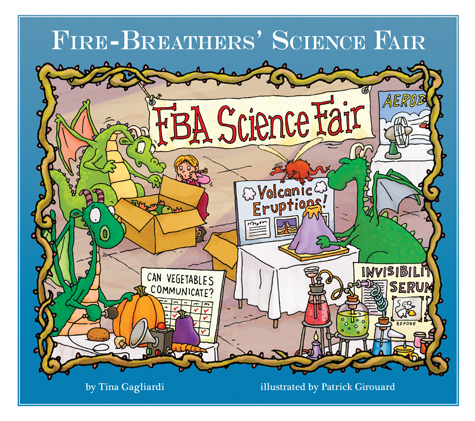Only Passing Through: The Story of
Sojourner Truth
Author: Anne
Rockwell
Illustrator: R.
Gregory Christie
Publishing
Company: Alfred A. Knopf
Copyright Date:
2000
36 pages
Nonfiction
I found the
illustrations to be very interesting. They are not like most illustrations seen
within children’s literature. These illustrations are instead are somewhat
abstract with only the facial features showing great detail. I found these
illustrations to be very unique in style. These illustrations are completed
with very bold watercolors. These illustrations are only single page with the
text placed on the opposite page.
I really
enjoyed this text and Sojourner’s story. I feel that this book could be used
within any upper level elementary classroom. I would not recommend this book
for classes below second grade. With that being said, I would use this book for
Black History Month. I believe that Sojourner has such a powerful story. It
should be incorporated into the classroom. I would also incorporate this text within
any unit pertaining to slavery. This text covers many different aspects of
slavery and would be very beneficial as a complementary piece of text. One final
way I saw that this book could be used within the classroom would be alongside
instruction of timelines. One really interesting element found within this book
is a timeline of events that occurred within Sojourner’s life. I would have
students sort these events in order after reading the text as a class. I feel
that this would give students a really meaningful, hands-on way to connect to
the instruction of timeline.
